Happiness plays a crucial role in the popular city-building simulation game, Cities: Skylines. As a player, your goal is to create thriving cities, and maintaining high happiness levels among your citizens is key to achieving this. In this comprehensive guide, we’ll explore how happiness works in Cities: Skylines and share tips to help you increase it, ultimately leading to a more successful city.
Understanding Happiness in Cities: Skylines
Happiness is a core mechanic in Cities: Skylines, serving as an indicator of your citizens’ satisfaction with their living conditions. It directly affects your city’s growth, tax revenue, and overall success. There are four primary types of happiness in the game: Residential, Commercial, Office, and Industrial. Each type is influenced by various factors, such as services, land value, and pollution.
Tips for Increasing Happiness in Cities: Skylines
Increasing Happiness in Cities: Skylines basically comes down to improving the quality of your Cims’ life. Achieving the highest levels of Happiness, requires various actions. Let’s break down the most important things to pay attention to.
Provide Essential Services
- Healthcare: Build clinics, hospitals, and medical centers to ensure citizens have easy access to healthcare facilities. Monitor the capacity of these buildings and expand as needed to accommodate your growing population.
- Education: Provide a range of educational institutions, including elementary schools, high schools, and universities. Proper education improves citizens’ well-being and enables them to work in more specialized industries, increasing overall happiness.
- Police and Fire Departments: Crime and fire hazards can lower happiness levels. Establish a network of police stations and fire departments to ensure rapid response times and maintain public safety.
- Deathcare: Efficient deathcare services, such as cemeteries and crematoriums, help maintain happiness by preventing the accumulation of deceased citizens in residential areas.
Manage Traffic and Public Transportation
- Road Hierarchy: Implement a well-planned road hierarchy, including highways, arterials, collectors, and local roads, to improve traffic flow.
- Public Transportation: Offer a variety of public transportation options, such as buses, trams, metros, trains, and ferries, to help citizens commute more efficiently and reduce traffic congestion.
- Pedestrian and Bicycle Paths: Encourage walking and cycling by building pedestrian walkways and dedicated bicycle lanes, which also contribute to a healthier lifestyle and increased happiness.
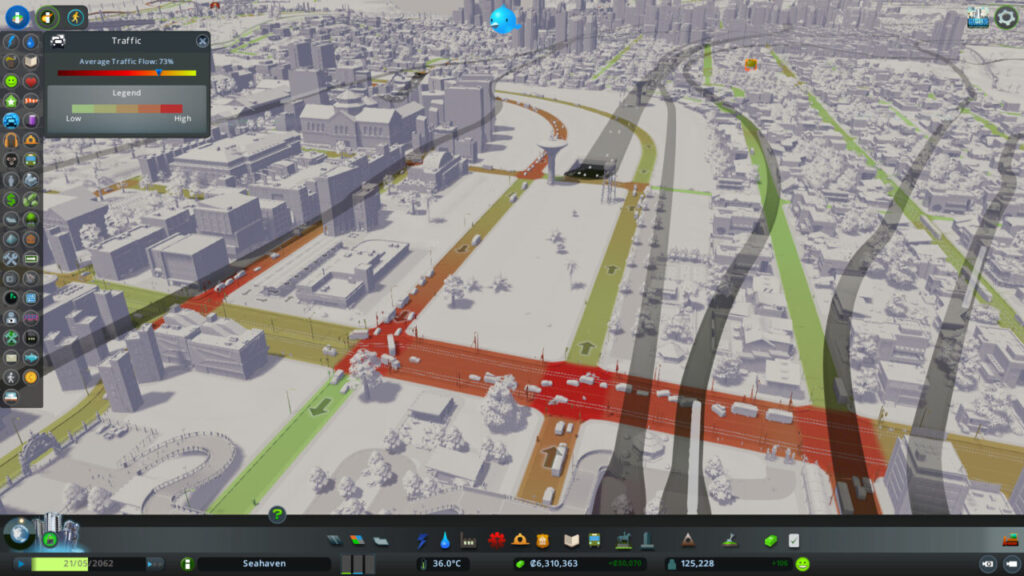
Maintain a Clean Environment
- Pollution Control: Position industrial and other polluting buildings away from residential areas to minimize air, ground, and water pollution. Invest in cleaner industries and technologies as your city progresses.
- Noise Reduction: Use sound barriers and landscaping to reduce noise pollution near highways, busy roads, and commercial zones.
- Waste Management: Provide adequate garbage collection and recycling services to prevent the buildup of waste in your city.
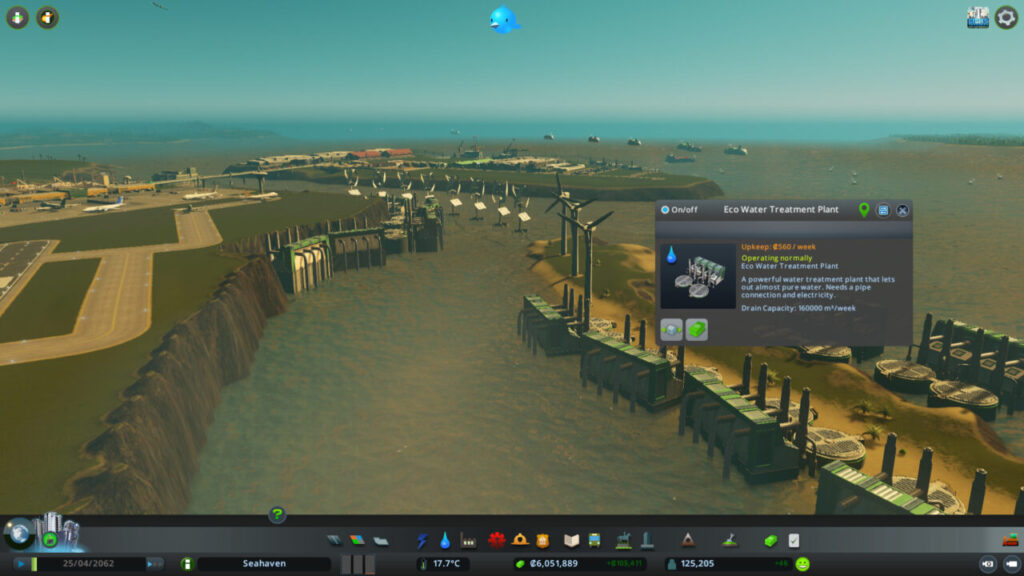
Beautify Your City
- Parks and Plazas: Construct parks, plazas, botanical gardens, and other recreational areas to increase land value and provide leisure opportunities for your citizens.
- Trees and Landscaping: Use trees and landscaping to create green spaces, reduce noise pollution, and improve the overall aesthetics of your city.
- Unique Buildings and Monuments: Build unique buildings and monuments to increase tourism and create landmarks that citizens can take pride in.
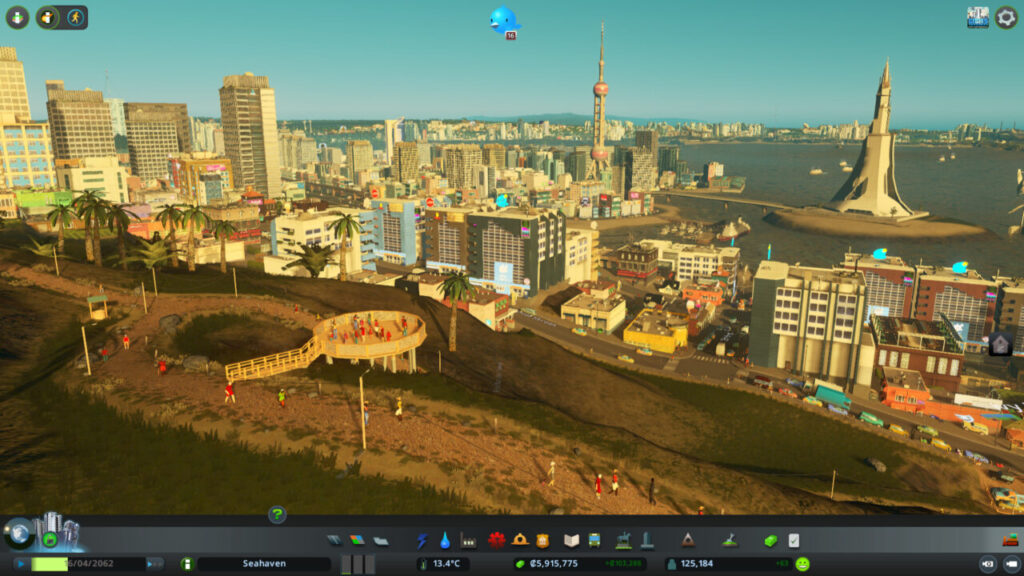
Fulfill Commercial and Industrial Demand
- Balanced Zoning: Ensure your city has an appropriate mix of residential, commercial, and industrial zones to meet the needs of your citizens and provide job opportunities.
- Specialized Industry: Develop specialized industry areas, such as forestry, agriculture, ore, and oil, to create diverse job opportunities and boost the local economy.
- Commercial Variety: Offer a range of commercial options, from local shops to leisure and tourism-focused establishments, to satisfy citizens’ needs and desires.
Monitor and Adjust Taxes
- Reasonable Tax Rates: Set tax rates that are high enough to generate revenue but not so high that they discourage citizens from living and working in your city.
- Tax Policies: Utilize city-wide and district-specific tax policies to optimize revenue and incentivize growth in specific areas.
- Regular Review: Continuously monitor your city’s financial situation and adjust tax rates as needed to maintain a balanced budget without sacrificing citizen happiness.
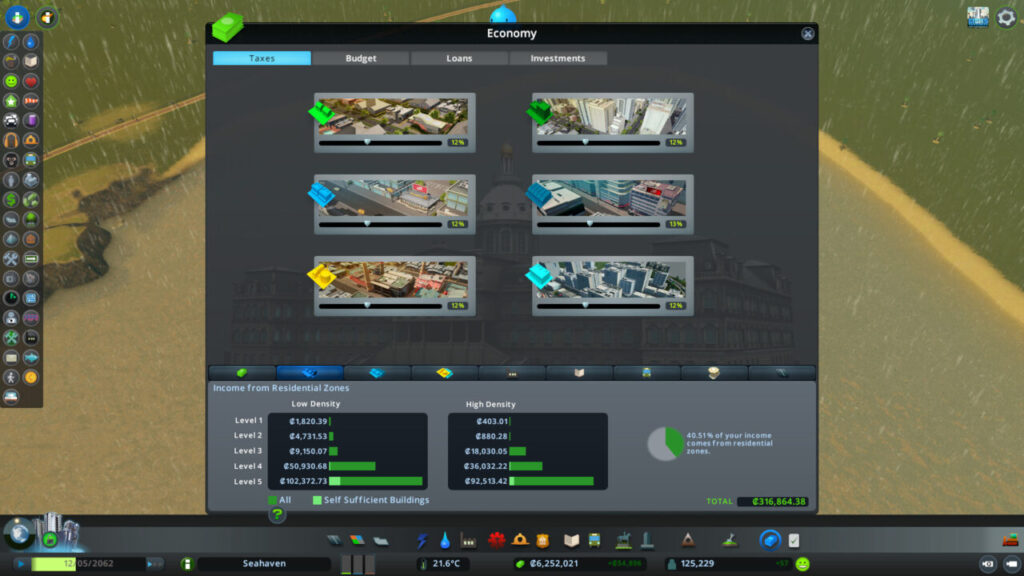
Monitoring Happiness in Cities: Skylines
Monitoring happiness in Cities: Skylines is essential for understanding your citizens’ satisfaction and making informed decisions to improve their well-being. To help you track happiness levels and identify areas that require attention, the game provides several tools and indicators:
Happiness Tab in the Info Views Panel
To access the Happiness tab first open the Info Views panel by clicking the “i” button located at the top-left corner of the screen or by pressing the “i” key on your keyboard. In the Info Views panel, click on the smiley face icon to open the Happiness tab.
The Happiness tab displays an overview of the overall happiness levels in your city, as well as a breakdown of happiness for each zone type:
- Residential Happiness: Measures the satisfaction of citizens living in residential zones, influenced by factors such as access to essential services, land value, and pollution.
- Commercial Happiness: Represents the satisfaction of businesses in commercial zones, affected by factors like customer traffic, noise pollution, and availability of goods.
- Office Happiness: Indicates the satisfaction of businesses in office zones, primarily influenced by access to well-educated workers and a suitable environment.
- Industrial Happiness: Reflects the satisfaction of businesses in industrial zones, with factors like access to resources, workforce availability, and pollution affecting their happiness.
The color-coding on the map helps you visualize happiness levels in different parts of your city:
- Green: High happiness levels
- Yellow: Moderate happiness levels
- Red: Low happiness levels
Individual Building Happiness
You can also monitor the happiness of individual buildings by clicking on them. This will open an info panel displaying specific information about that building, including its happiness level. Analyzing individual buildings can help you identify and address specific issues affecting happiness in certain areas of your city.
Citizen Happiness
Clicking on individual citizens will display their personal info panel, which includes their happiness level, needs, and thoughts. By examining the needs and thoughts of unhappy citizens, you can gain insights into potential issues that may be affecting overall happiness in your city.
Monitoring happiness in Cities: Skylines allows you to keep a close eye on the well-being of your citizens and make data-driven decisions to improve their satisfaction. Regularly reviewing happiness levels and addressing the underlying issues will ultimately contribute to a thriving, successful city.
Conclusion
In Cities: Skylines, maintaining high happiness levels is essential for creating a successful city. By providing essential services, managing transportation, maintaining a clean environment, beautifying your city, fulfilling commercial and industrial demands, and adjusting taxes, you can keep your citizens happy and your city thriving. Remember to monitor happiness levels using the Info Views panel and make adjustments as needed to optimize your city’s growth and success.

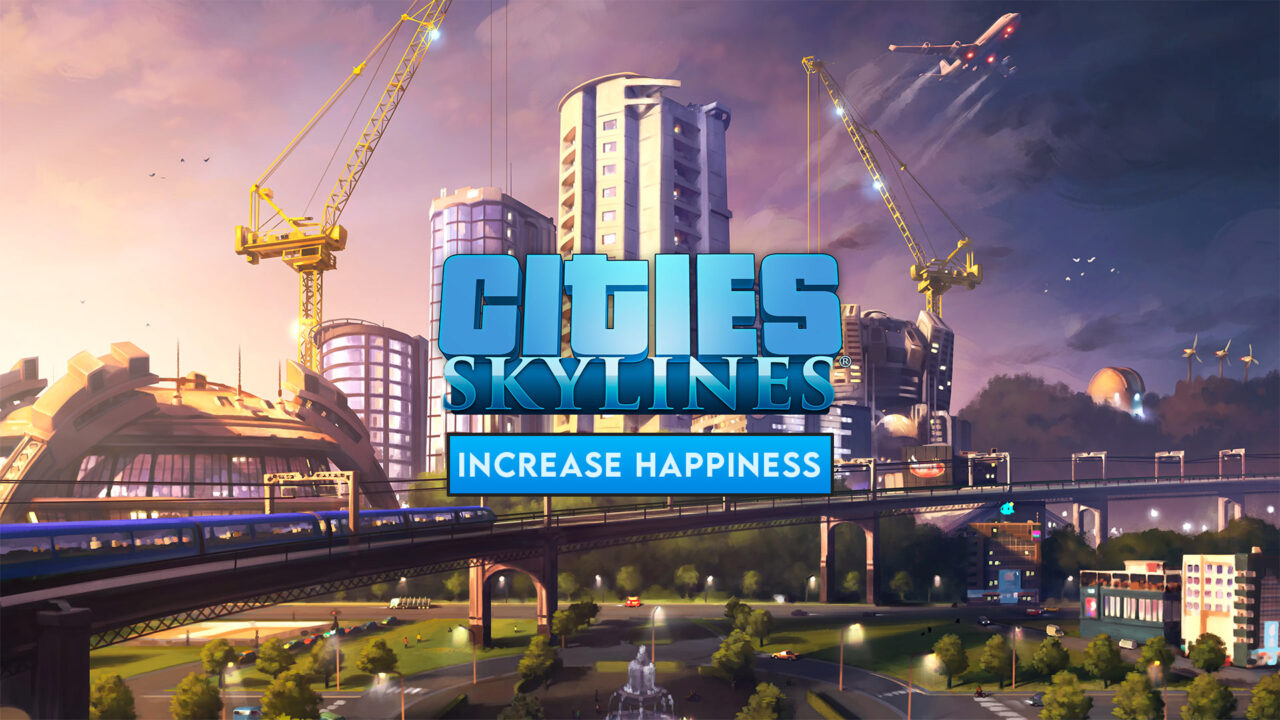
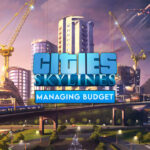

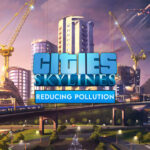


Leave a Reply